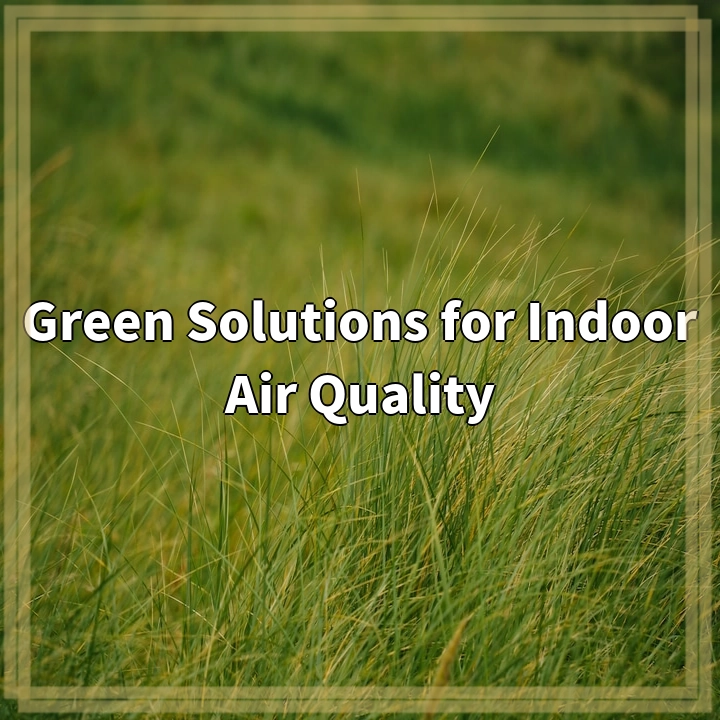Physical Address
304 North Cardinal St.
Dorchester Center, MA 02124
Physical Address
304 North Cardinal St.
Dorchester Center, MA 02124

Indoor Air Quality (IAQ) refers to the quality of the air inside buildings, including homes, workplaces, schools, and other indoor environments. It is crucial because most people spend the majority of their time indoors, especially during colder months or in regions with poor outdoor air quality. Poor IAQ can have significant effects on our health and well-being.
1. Indoor Pollutants: Various pollutants can accumulate indoors, including volatile organic compounds (VOCs) from cleaning products, formaldehyde from furniture and building materials, and mold spores. These pollutants can contribute to respiratory issues, allergies, and other health problems.
2. Lack of Ventilation: Inadequate ventilation can trap pollutants indoors and prevent fresh air from circulating. This can lead to a buildup of carbon dioxide, excess humidity, and a lack of oxygen, all of which can affect comfort levels and overall health.
3. Off-Gassing from Building Materials: Many conventional building materials release harmful chemicals over time, which is known as off-gassing. This includes carpets, adhesives, paints, and furniture. These chemicals can negatively impact IAQ and contribute to various health issues.
4. Combustion Byproducts: Poorly maintained or malfunctioning fuel-burning appliances such as gas stoves, furnaces, and water heaters can release carbon monoxide and other harmful gases. Exposure to these pollutants can cause headaches, dizziness, nausea, and even death.
5. Radon Gas: Radon is a colorless and odorless radioactive gas that can seep into buildings through the ground. Prolonged exposure to high radon levels can increase the risk of lung cancer.
Improving indoor air quality requires a multi-faceted approach that addresses the various real-world problems discussed above. Here are some green solutions to consider:
1. Ventilation and Air Circulation
Proper ventilation is crucial for maintaining good indoor air quality. Regularly open windows to let in fresh air, use exhaust fans in kitchens and bathrooms, and consider installing mechanical ventilation systems to ensure adequate air circulation.
2. Source Control
Addressing the sources of indoor pollutants is key to improving IAQ. Choose low-VOC or VOC-free cleaning products, opt for furniture and building materials with low formaldehyde emissions, and regularly inspect and maintain fuel-burning appliances to prevent combustion byproducts.
3. Indoor Plants
Indoor plants not only add a touch of greenery but also help improve air quality. Certain plants, such as spider plants, peace lilies, and snake plants, can help filter out harmful pollutants and enhance overall IAQ.
4. Proper Housekeeping
A clean indoor environment can significantly impact air quality. Regularly dust, vacuum, and mop to reduce the buildup of allergens and other particles. Use natural and non-toxic cleaning products to avoid introducing additional pollutants.
5. Radon Testing and Mitigation
To address radon gas, it is important to test the indoor air for radon levels. If high levels are detected, consult with professionals to develop a mitigation plan, which may involve sealing foundation cracks, improving ventilation, or installing radon mitigation systems.
By implementing these solutions, individuals can create healthier and safer indoor environments, reducing the health risks associated with poor indoor air quality. Green solutions for IAQ aim to improve IAQ while minimizing the negative impact on the environment. By adopting green solutions, individuals can contribute to a sustainable and healthier future.
Green Solutions for Indoor Air Quality
If you’re wondering where the article came from!
#